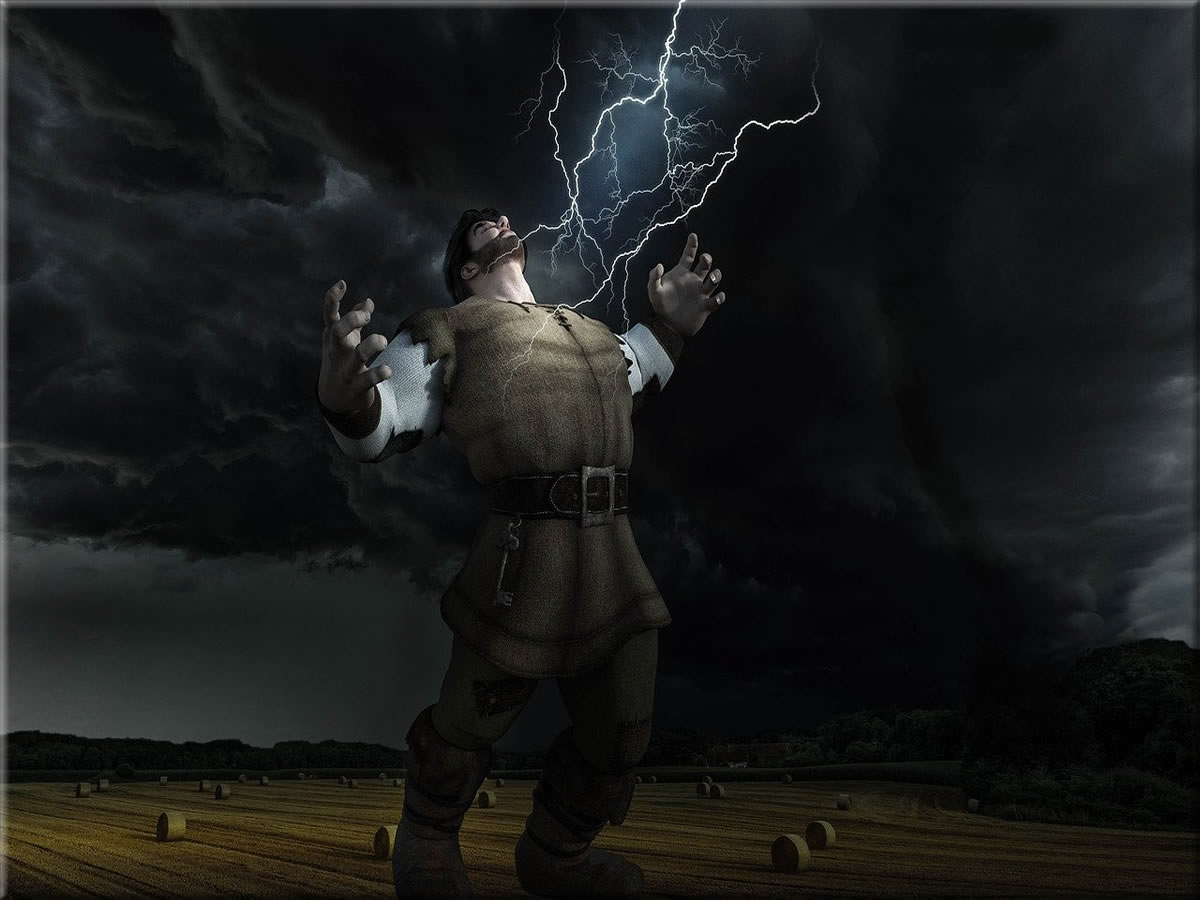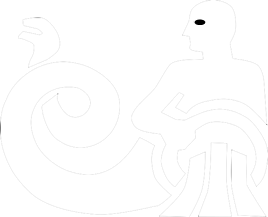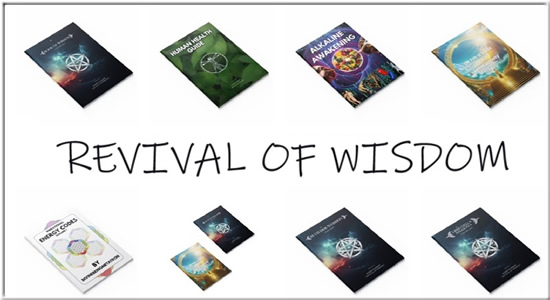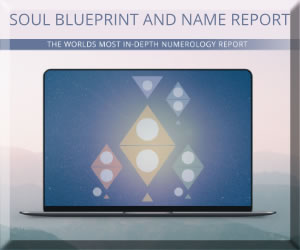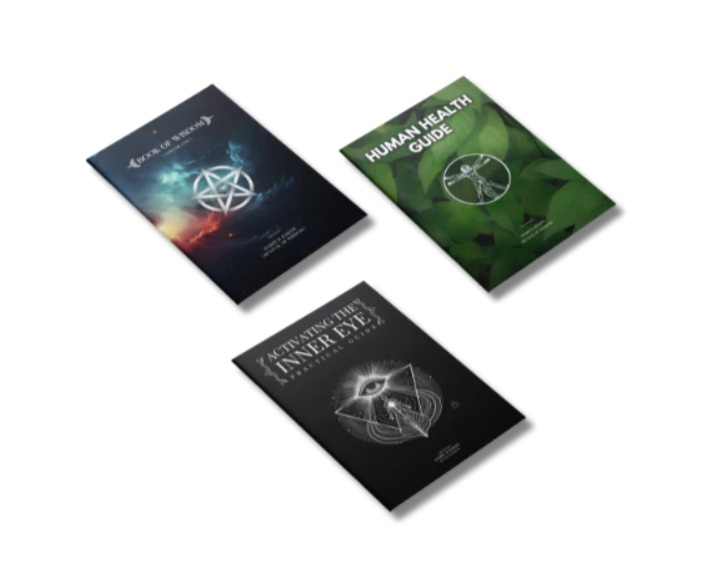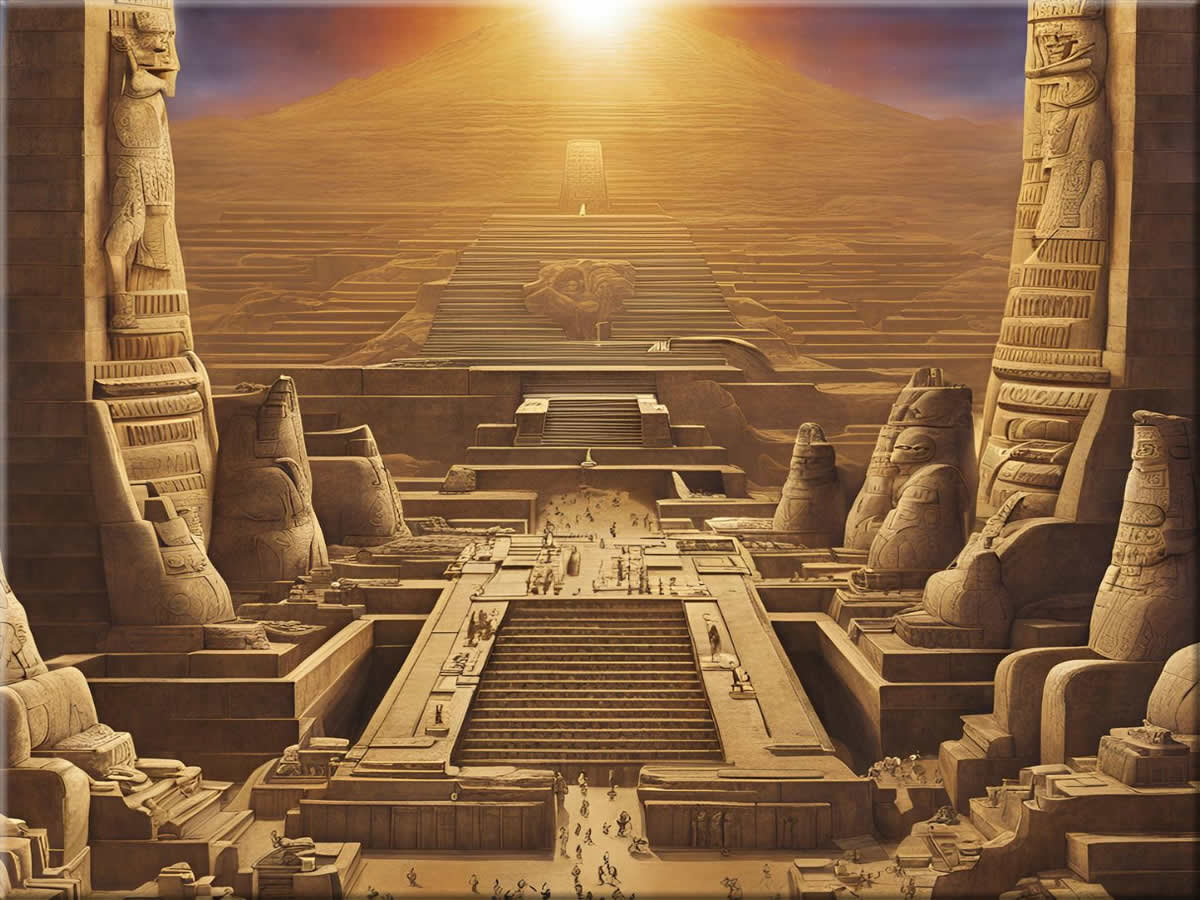
The Ancient Sumer – The Cradle Of Civilization
The story of civilization as we know it today begins with the ancient Sumer. Nestled in the fertile crescent, this ancient society laid the groundwork for future empires and systems of governance. I aim to highlight the monumental role Sumer played in shaping the narrative of human history.
Historically, Sumer emerged around 4500 BCE and flourished until roughly 1900 BCE. It occupied southern Mesopotamia, now known as southern Iraq. This region was a complex network of city-states, including Uruk, Ur, and Lagash, which were autonomously governed yet culturally united.
Scholars consider ancient Sumerian tablets to be among the earliest historical records, offering a unique opportunity to gain insight into the ancient world. The tales they depict speak of profound interactions between gods and men that many argue are not merely mythical but hint at a sophisticated understanding of the universe.
Check out more videos on our YouTube channel
The genius of the Sumerians is also evident in their array of world-first innovations. Picture a world without the wheel. Hard to imagine, right? They crafted this vital tool, along with the earliest form of writing, cuneiform, which evolved into a means of literacy and record-keeping.
The Sumerians were among the earliest astronomers because they were familiar with the five planets visible to the naked eye. They also created maps of the stars, grouping them into constellations, and developed the knowledge that is known today as astrology. The ancient Babylonians and Chaldeans later included many of these constellations in the zodiac and acknowledged them.
The echoes of Sumer are traced in the pages of history books to this day. Their innovations not only survived but thrived, influencing the cultures and civilizations that followed. Understanding Sumer is not just an exploration of the past; it’s about discovering the foundations of present-day society.
Gods and Kings: Exploring the Pantheon and Rulers of Ancient Sumer
When I reflect on ancient Sumer, the interplay between the divine and the regal is impossible to ignore. Sumerians didn’t just build cities; they wove their society with threads of spirituality that bound their kings to the gods they worshipped.
The ziggurat was central to every Sumerian city, a terraced temple reaching for the heavens. Here, the people believed, their gods dwelt. Anu, Enlil, and Inanna, also known as the Anunnaki, were just a few of the deities in the Sumerian pantheon that governed every facet of existence. Understanding these gods and their roles provides a lens through which to view the complexities of Sumerian culture.
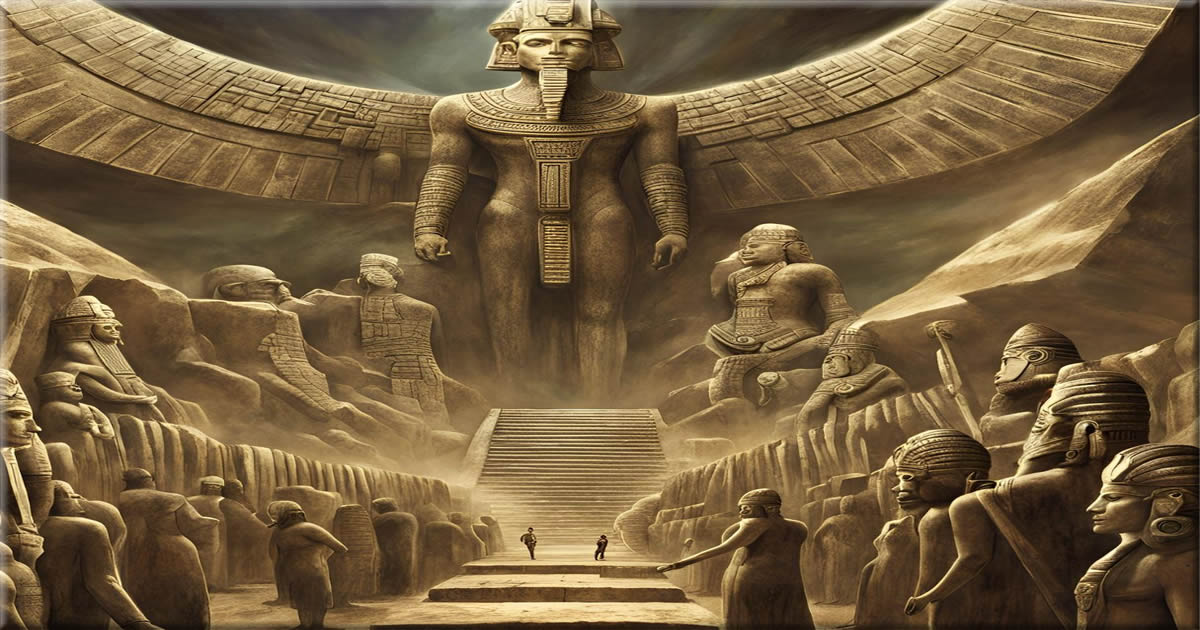
And what of the kings? Figures like Ur-Nammu and Gilgamesh were not mere rulers; they were regarded as half-divine mediators between the earthly and the celestial. Their feats were chronicled in stone and clay, with some texts suggesting that these kings were often deified after their deaths.
Moreover, by exploring Sumer’s royal timeline, we can pinpoint catalysts for change and periods of prosperity or strife. Sumer’s intricate concept of kingship, where rulers took on roles as warrior-kings, priest-kings, or builder-kings, reveals much about their societal values.
The everyday life of Sumerians was steeped in religious practice. From the farmers in the fields praying for Enlil’s blessing on their crops to the artisans seeking wisdom from Nabu, God of Literature, spirituality was the core around which daily life orbited. This conflation of the sacred and the mundane would echo through time and profoundly impact future generations.
Volume 2 continues the profound themes introduced in the predecessor even deeper into the complexities of existence and the pursuit of knowledge, encouraging readers to question established beliefs.
These foundational elements of Sumerian culture have led to narratives that still resonate today, such as ‘The Epic of Gilgamesh,’ etched in cuneiform. This saga bridges the gap between myth and history, setting the stage for the next part of our discussion.
The Epic of Gilgamesh: Humanity’s Oldest Story
You might wonder why a tale penned thousands of years ago continues to captivate our imagination. ‘The Epic of Gilgamesh,’ often recognized as the earliest surviving great work of literature, is no mere artifact; it is a testament to the timelessness of human emotions and the pursuit of meaning.
This narrative is a treasure from ancient Sumer. It recounts the saga of Gilgamesh, a king who is believed to have lived around 2700 BCE. In the story, Gilgamesh is 2/3 god and 1/3 human, a being of unparalleled strength and courage. His journey transforms him from a tyrant to a leader whose heart knows empathy and sorrow.

Fundamentally, the epic grapples with concepts as relevant today as they were to the ancients: the essence of friendship, the fear of death, and the relentless quest for immortality. Gilgamesh’s deep bond with Enkidu, a wild man created by the gods to challenge him, underlines the story. Their friendship enriches their characters and sets the stage for their harrowing trials.
As a work of literature, ‘The Epic of Gilgamesh’ is not just a linear account; it unfolds in a series of episodic adventures, much like the narrative strategies in modern storytelling. Scholars detect its influence in Homer’s ‘Odyssey’ and even in biblical tales, such as the story of Noah’s flood, which bears striking resemblances to Gilgamesh’s deluge narrative.
Preserving this ancient text is a legacy that brings us to the broader subject of Sumerian literacy. Its importance transcends the boundaries of literature and history and has unmistakable implications for understanding the structure of modern society, education, and even our media.
Deciphering The Anunnaki: Gods or Ancient Astronauts?
The Anunnaki play starring roles in the myths of ancient Sumer. Said to be gods, they’re at the heart of some of the oldest known deities in human history. But who were these beings? For some, the answer lies neatly in spiritual and mythological explanations. Others interpret the Anunnaki through a prism of science fiction, hailing them as evidence of ancient astronaut theories.

Furthermore, the pantheon comprises significant figures like Anu, Enlil, and Enki. Anu, the chief god of heaven, seems omnipotent. Enlil, the god of air and storms, appears as both powerful and mercurial. Enki, the god of water and wisdom, often seems to patronize humanity, sharing his knowledge. Their stories, filled with drama and intrigue, depict a complex hierarchy of divine beings interacting with mankind.
However, whispers of ancient astronauts have gained popularity, thanks in part to Zecharia Sitchin’s controversial writings. Though compelling, his theory that the Anunnaki were extraterrestrial visitors who crafted humanity and influenced ancient civilizations has met with skepticism from mainstream scholars. Evidence to support such bold claims isn’t found in the rigor of the scientific method but often in the selective interpretation of Sumerian texts.
Despite the lack of hard evidence, the cultural impact of these theories is unmistakable. Science fiction, fantasy works, and even some historical theorists have taken the idea and run with it, embedding the Anunnaki into modern narratives. This fascination shapes how people view the Anunnaki, molding their ancient stories into frameworks that resonate with contemporary imaginations.
The Book of Wisdom is a must-have book for every free-thinker and truth-seeker. It offers a wealth of knowledge, encompassing both surface-level truths and deep, hidden insights from the esoteric realm.
Legacy of Literacy: Sumer’s Lasting Impact on Modern Society
In concluding our exploration of ancient Sumer, it’s crucial to recognize the true magnitude of its contribution to human history. The Sumerians didn’t just build cities; they crafted the foundation of modern literacy. The invention of cuneiform, the world’s first system of writing, revolutionized the way knowledge is captured and disseminated.
Fast-forward thousands of years, and the ripples of this ancient innovation are still felt today. From the books that line library shelves to the text messages we send, each word nods to Sumer’s legacy. The wheel may have enabled our journeys, but writing empowers our thoughts to travel across generations.
Archaeologists and linguists have unraveled the fascinating history of the Sumerians through the cuneiform tablets that have survived for millennia. Without this, our understanding of the ancient world would be akin to a puzzle missing crucial pieces. The Epic of Gilgamesh, for instance, offers insightful glimpses into the values, aspirations, and emotions of the people whose footsteps have long since faded from the earth.

However, Sumer’s influence extends beyond academia. It infiltrates classrooms, inspiring curiosity about our shared past. It also populates media, from documentaries to novels, letting us reach back into a time that set the stage for all subsequent civilizations. The story of Sumer is a testament to human ingenuity, a narrative that underscores the importance of remembering and preserving our history for future generations to discover.
Additionally, our ever-evolving language and the methods we use to express it are constant tributes to an ancient society that dared to chart the unknown. So, as we look to the future, let us carry forward the spirit of innovation and the deep respect for knowledge that the remarkable Sumerians have bestowed upon us.
Related Topics
